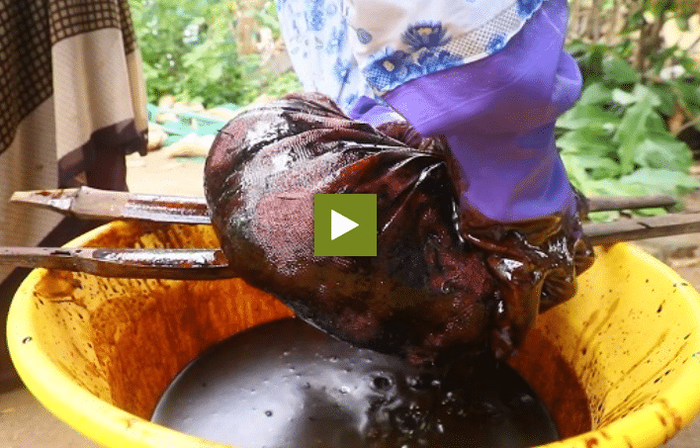As soil fertility remains a significant factor that determine the productivity of the land, it can be improved by use of proper agronomic practices.
Over use of chemical fertilizers destroy soil life making less productive and this can be improved by use natural local resources. Fish waste is the part of fish which people don‘t eat and this is rich N, Ca, P and vitamins.
Fertilizer production
First, for liquid fish fertilizer, ferment the fish waste first, chop into small pieces to speed up fermentation and wear gloves to avoid injuries. Good microbes need sugar to grow to ferment waste into liquid fertilizer therefore add 3kg of raw sugar or molasses and mix it well.
Similarly, put the mixture into plastic bucket, cover it with airtight lid and put in shade followed by stirring of the solution once a day and this is ready in 4 weeks. Filter using cotton cloth, keep liquid in bucket and transfer to bottles and keep it dark place.
To use liquid fertilizer, dilute it first and to spray vegetables and cereals, mix 10l of water with 1l of fertilizer. Spray the crops twice that is when plant are young and during flowering and for tree crops mix 2l of liquid fertilizer with 10l of water and spray as foliar fertilizer during flowering and after harvest.
Furthermore, for soil fish fertilizer, dig a pit of 1/2 m deep in shade of size depending on the quantity of fertilizer needed, chop waste into small pieces, mix it with 5kg of raw sugar and add 65kg of well decomposed cow dung to the mixture. Transfer mixture to the pit and cover with broad leaves up to 1cm deep as fertilizer will be ready in 2 months.
After last ploughing, apply 20kg of soil fish fertilizer mixed in 10kg of decomposed cow dung on top of soil and finally apply on crops and trees once after every 3 month.



















